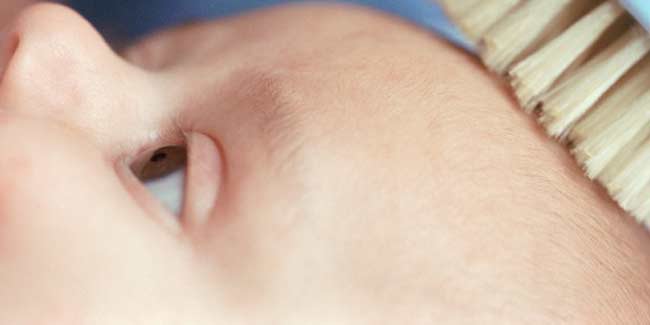Signs, Types, and Symptoms of Craniosynostosis

Craniosynostosis
is a birth defect in which a child’s brain doesn’t develop properly due to
complications of the skull. The condition is caused by the fact that the
cranial sutures within a baby’s head close prematurely. Although signs of Craniosynostosis are apparent after the child is born, the
signs of the condition become more prominent within the first few months of the
baby’s life.
Some of the signs to look out for when it comes to whether or not a child has
Craniosynostosis is bulging of the eye sockets, a skull that appears misshapen,
and visible scalp veins. Symptoms a child could display with the condition are,
loss of appetite vomiting, seizures, loud crying, eye movement issues, delays
in a child’s development and irritability.
There are actually several different types of this condition. Some of which are
brought on because of just one of the sutures closed prematurely while other
types happen due to multiple sutures fusing faster than normal. These types are
sagittal, coronal, metopic, and lambdoid. Although there is more than one type,
there are only two classified causes which are:
Nonsyndromic craniosynostosis: The main cause of the disorder although the
defining clause hasn’t been determined, some medical professionals suspect it
is caused by genetics and factors in the environment that a pregnant woman is
currently living under. Syndromic craniosynostosis: This one is not as common,
and caused by certain genetic markers as well due to certain syndromes for
example Apert syndrome being passed on to the baby.
When seeking treatment for an infant craniosynostosis nyc or in another part of the United States there
will be factors that a doctor will want to take into consideration before
proceeding with treatment. Some of these factors will include the child’s
overall health, the child’s age, the extent of the condition, and what type of
the disorder the baby has. In most cases the course of treatment that is
recommended is surgery. The primary goal of the surgery isn’t to necessarily
cure the condition but try to relieve some of the pressure to the skull. After
the surgery, the child will need to be monitored by health professionals in an
ICU and could experience some side effects.
Growing up with Craniosynostosis
Despite treatment, at an early age, a child could have lasting life long
effects from the disorder. Some kids will still have to deal with a misshapen
to their head and even their face that they will need to come to terms with.
Some other factors that could occur are blindness, developmental and cognitive
impairments. The thing is that there is no real cure for the condition, which
is why parents along with the child should undergo counseling to help them deal
with the overall issue at hand. The child could require more surgeries and
spend the rest of their lives have to be checked periodically by medical
professionals. The key to helping a child live as healthy a life as possible is
early detection and treatment. Craniosynostosis isn’t curable but it is
treatable.
